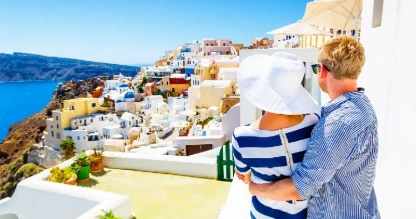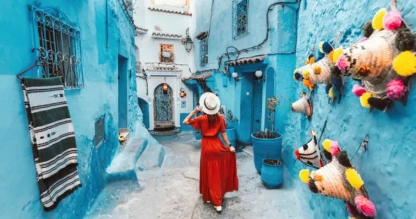
Istanbul of Turkey: City of Two Continents
Turkey's Istanbul stands as one of the world's most extraordinary cities. The beautiful city is strategically positioned on two continents, with about two-thirds of its population in Europe and the other third in Asia, making it one of the largest cities in both Europe and the world.
The city's distinct character comes from its strategic position on the Bosphorus Strait and its more than 2,000 years old history. The city transformed from ancient Byzantium to Constantinople, and finally to Istanbul - an exceptional cultural and economic hub.
Travelers exploring Istanbul on Turkey Tours will get to see awe-inspiring architectural masterpieces reflecting centuries of Eastern-Western cultural influences. This article will show you around the city's fascinating geography, rich history, vibrant neighborhoods, and breathtaking views that create an enchanting crossroads of continents.
The Geography of Two Continents
Istanbul stands out among cities with its remarkable location straddling two continents. The renowned Bosphorus Strait cuts through this ancient city that connects East and West in both physical and metaphorical terms.
The Bosphorus Strait and its role
The Bosphorus strait is 19 miles (30 km) long and connects the Black Sea to the Sea of Marmara. It is 700 meters to 3.5 kilometers wide in this natural wonder.
The strait is a vital international route of communication between the Black Sea and the Mediterranean Sea and beyond. Two distinct currents flow through it—the surface current moves southward from the Black Sea while a saltier undercurrent from the Mediterranean pushes north.
European and Asian sides of Istanbul
Europe begins from the west banks of the Bosphorus, and Asia starts from the east shore. The division creates two extremely different urban experiences. The European side buzzes with some 10 million residents, with busy streets, thriving bazaars, and most of the city attractions. The Asian side is another world, with 5 million residents in less busy neighborhoods filled with parks.
How geography shaped the city's identity
Istanbul's location at the crossroads of continents has turned it into a palimpsest city—layer upon layer of global and regional imprints blend into one. The city's strategic position between the Balkans and Anatolia, the Black Sea and the Mediterranean has turned it into the center of great political, religious, and artistic developments for over two thousand years.
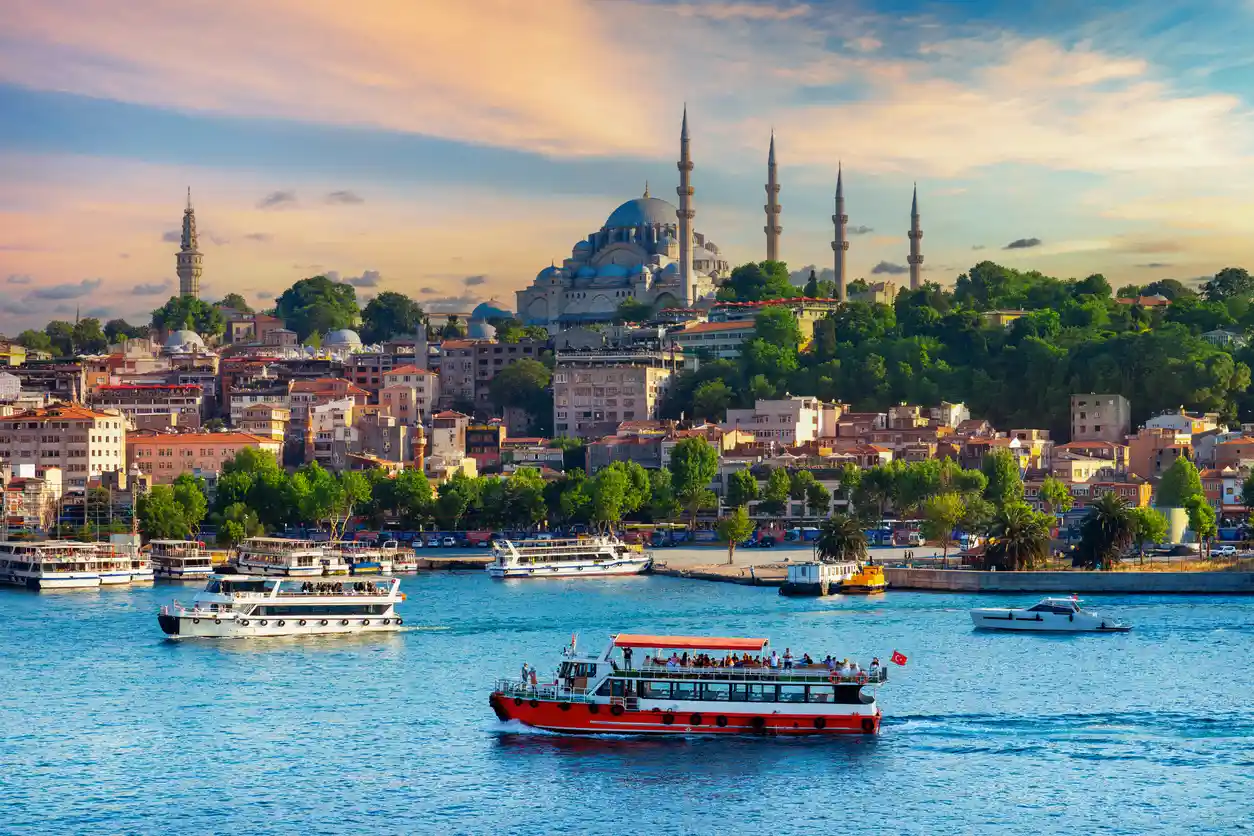
A City of Layers: History and Heritage
The palimpsest nature of Istanbul reveals itself in how a variety of different historical periods coexist throughout its cityscape. These historic periods coexist with each other and not separately, their boundaries having blended but survived.
The skyline of the city as a UNESCO World Heritage Site shows this layering with Byzantine churches, Ottoman mosques, and modern architecture forming a single horizon.
From Byzantium to Constantinople
Greeks settled Byzantium in the 7th century BCE, but the city gained fame when Roman Emperor Constantine the Great transformed it into Nova Roma in 330 CE. Constantinople was intended to rival Rome, its walls embracing hills that were equal to Rome's seven famous hills. The city thrived as a crossing between the continents and seas, with safe defenses and opulent palaces and towers.
The Ottoman legacy in daily life
Constantinople became Istanbul of Turkey after the conquest of the Ottomans in 1453 and was declared the capital of a magnificent Islamic empire. Today's visitors are able to witness that heritage through riding the Bosphorus ferries along beachfront Ottoman yalı mansions.
Preserving the past in a modern city
Planning laws safeguard Istanbul's unique skyline, adorned with architectural marvels that reveal centuries of European and Asian influence. The city holds on to its rich, multi-layered identity in the face of swift modernization—a mix of history that is still alive across time.
Top Things to Do in Istanbul
Planning your trip to Istanbul helps you make the most of its iconic attractions. This remarkable city naturally combines centuries-old monuments with modern life across two continents.
Explore Hagia Sophia and the Blue Mosque
These iconic landmarks stand across from one another in Sultanahmet Square and represent Istanbul's religious heritage. The Blue Mosque, adorned with 21,043 tiles, serves as an active place of worship. Visitors must follow prayer times and dress appropriately. Women should wear headscarves, and everyone needs to cover their shoulders and knees.
Hagia Sophia captivates visitors with its blend of Islamic and Christian elements. Byzantine mosaics stand next to Ottoman additions that tell the story of this UNESCO gem.

Cruise the Bosphorus
A Bosphorus cruise offers unique views of Istanbul's beautiful waterfront. You can choose between quick 90-minute tours or longer six-hour trips to the Black Sea. The cruise takes you past the grand Dolmabahçe Palace, historic Beylerbeyi Palace, and ancient Anadolu Hisar fortifications. Sunset cruises show the city's magical transformation from day to night.

Shop at the Grand Bazaar and Spice Market
The Grand Bazaar is a maze-like wonder with more than 4,000 shops spread across 61 covered streets. This 1461-old market is the world's oldest of its kind. The nearby Spice Market draws people in with fragrant displays of sumac, saffron, and Turkish delights. New shoppers should arrive before 11am to avoid crowds and get better attention from vendors. It’s a must-visit during Turkey tours, offering an authentic glimpse into Istanbul’s vibrant trading culture.
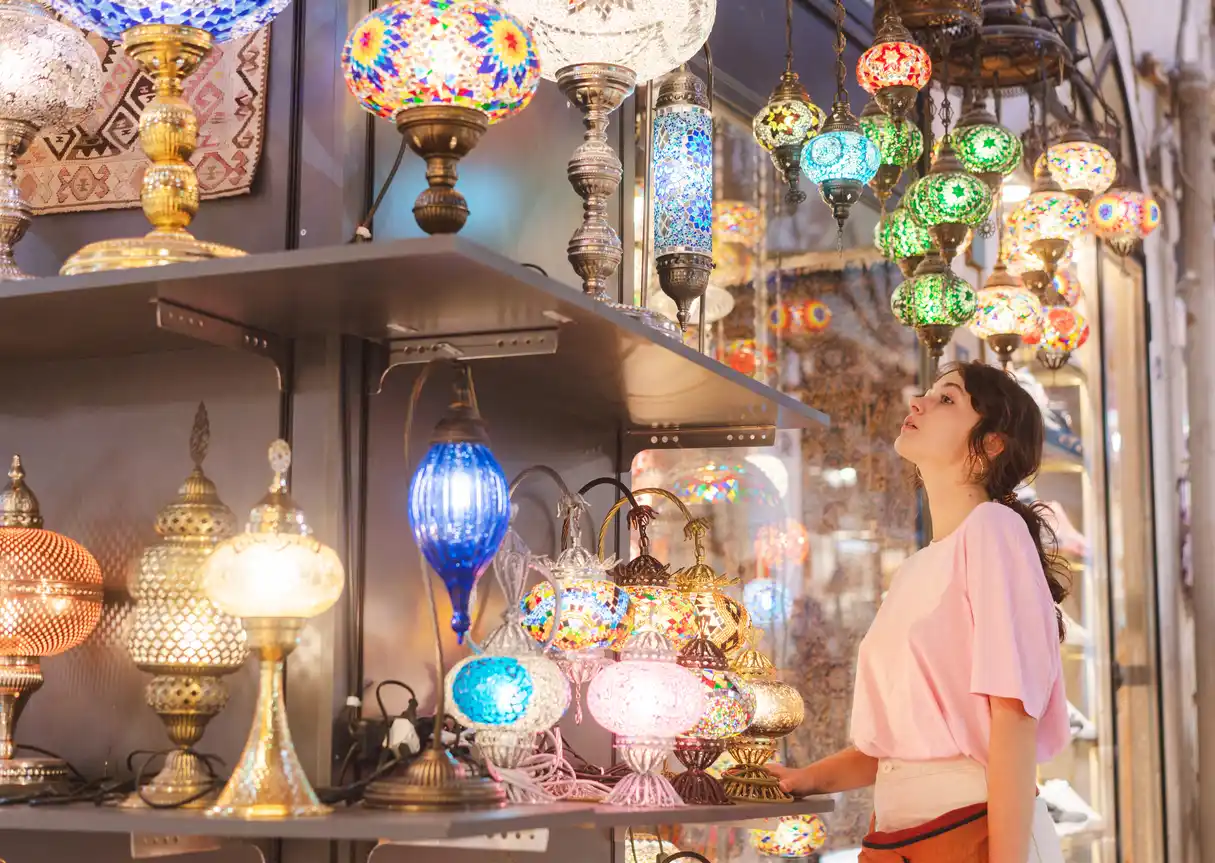
Visit Topkapi Palace and its Harem
This remarkable complex was the center of Ottoman imperial power for almost 400 years. The fascinating Harem, where the Sultan's family and concubines lived, shows off beautiful mother-of-pearl inlays and stunning Iznik tiles. The 18th century saw this mysterious world grow to over 300 rooms, nine bathhouses, two mosques, and its own hospital.
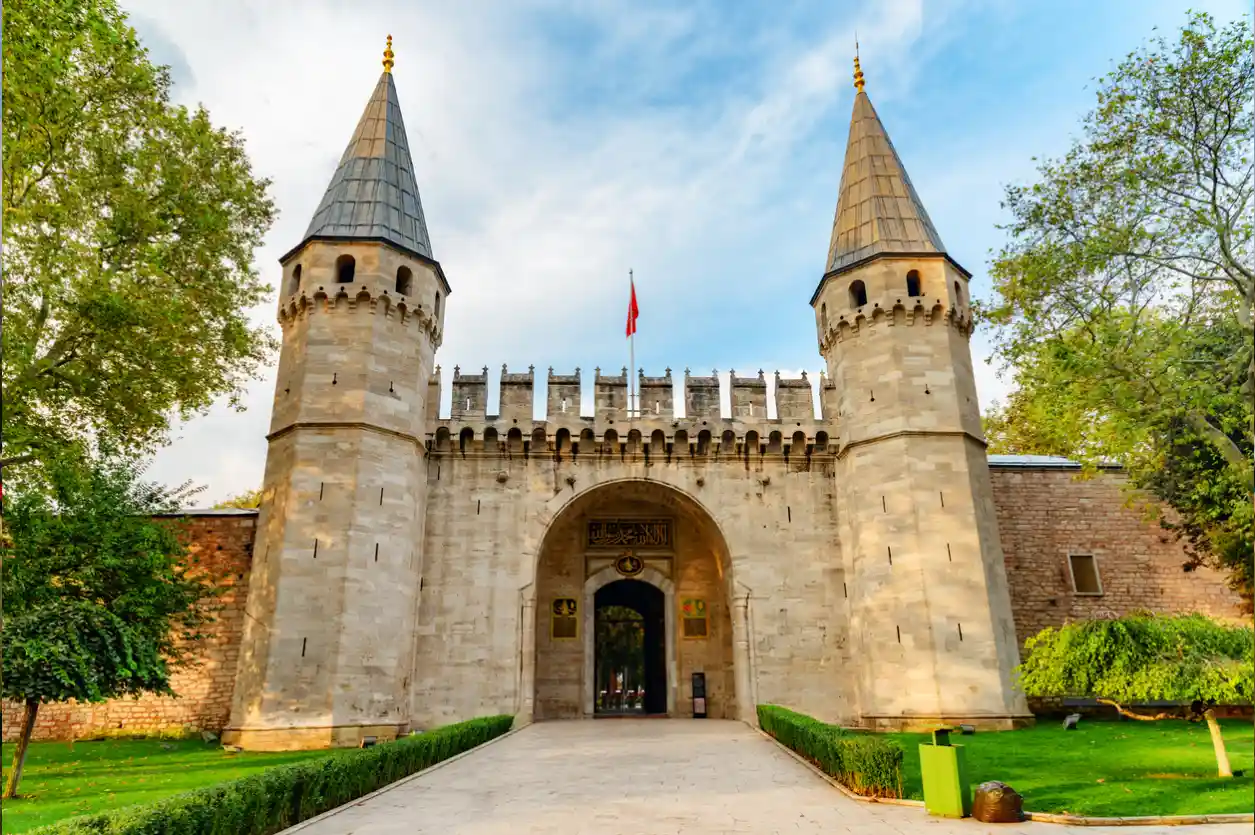
Relax in a Turkish bath
Traditional hammams let you experience centuries of history. The typical ritual includes steaming, scrubbing, and foam washing with optional oil massage. Many of these historic baths are hundreds of years old, and some once served Ottoman royalty.
Walk through Istiklal Street and Taksim Square
This 1.4-kilometer pedestrian street links Taksim Square to Galata. It has historic buildings, shops, and entertainment venues. You'll find the charming red tram, Whirling Dervishes Museum, and many restaurants serving authentic Turkish cuisine. The alleys such as Nevizade offer bustling bars and meyhanes (traditional restaurants) worth exploring.
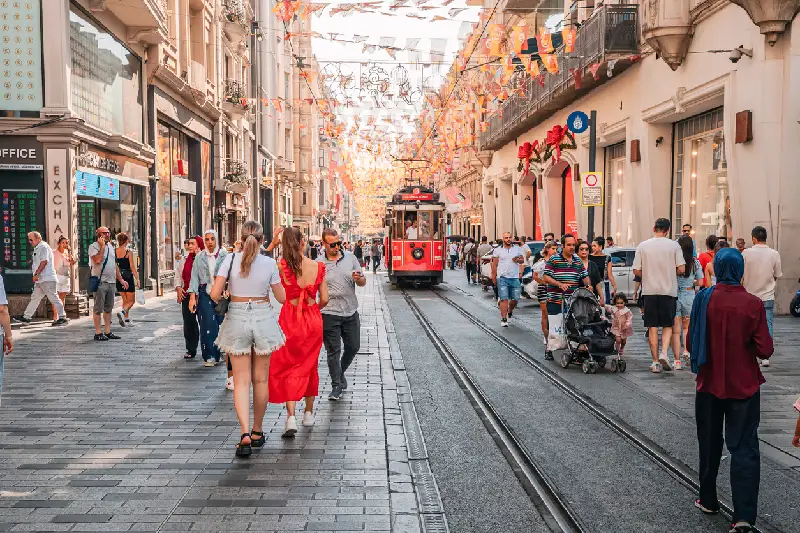
Istanbul’s Neighborhoods and Vibes
Istanbul's neighborhoods each tell their own story and give visitors unique experiences on both European and Asian sides of the city.
Sultanahmet: The historic heart
Sultanahmet stands as old Constantinople's core, where Istanbul's iconic landmarks sit just steps from each other.
This peninsula has water on three sides and holds the city's most important historical treasures. Visitors can explore cobblestone streets that connect magnificent monuments while staying in boutique hotels housed in converted Ottoman-era buildings.
Beyoğlu and Galata: European charm
The Beyoğlu district shows off Istanbul's European side north of the Golden Horn. The 19th-century Galata Tower provides stunning views of the city and sits among streets full of art galleries, boutiques, and cafés. This area captures the city's creative spirit and houses contemporary art museums and performance spaces. Istiklal Avenue buzzes with life as locals and tourists explore its historic passages, specialty shops, and authentic eateries.
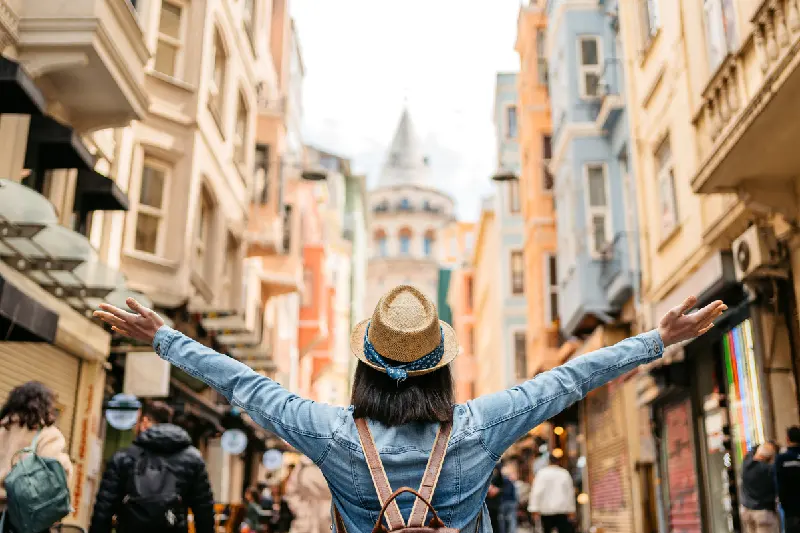
Kadıköy and Üsküdar: Asian side gems
The Asian shore of Istanbul has a more laid-back feel. Kadıköy draws younger crowds with its exciting food scene and indie boutiques. The busy fish market and colorful street art give this evolving district its bohemian character. Üsküdar keeps its traditional charm with beautiful waterfront mosques and a genuine neighborhood atmosphere that lets visitors experience everyday Turkish life away from tourist spots.
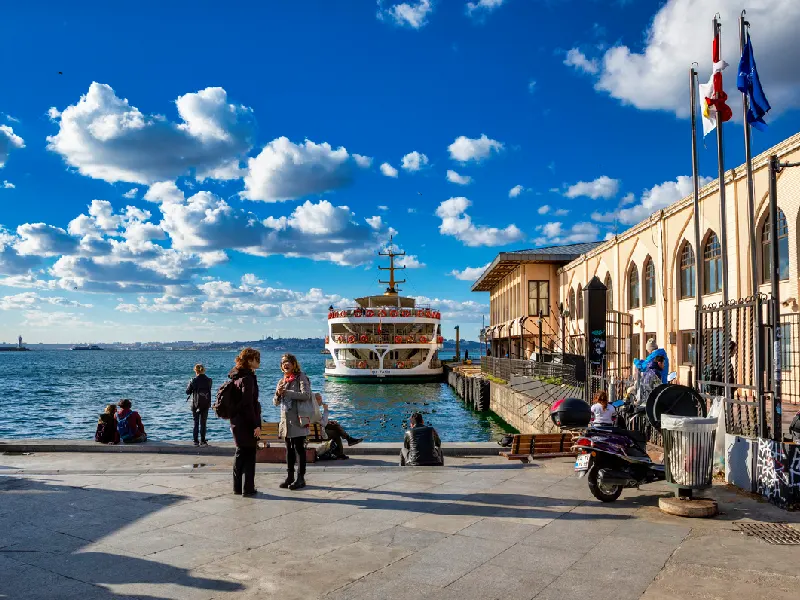
Planning Your Visit: Istanbul Travel Guide
Planning your trip to Istanbul needs good timing and local knowledge to make the most of this unique city that spans two continents.
Best time to visit Istanbul
Ideal weather to tour Istanbul of Turkey comes in spring (March to May). The climate is mild between 50°F and 70° F. You can enjoy the beautiful Tulip Festival in April.
The autumn season (September to November) greets such favorable weather with temperatures between 55°F and 75°F and cultural events such as the Istanbul Biennial. Summer is busy but hot and humid, with temperatures reaching 85°F. The budget-conscious traveler may prefer to travel in winter (November-March) when tourist numbers drop, though rain is common.
Getting around the city
The city's public transport consists of buses, trams, metros, and ferries. You will need an Istanbulkart - a tap-and-go card for 70 TL that covers all public transport. T1 tram line is convenient for tourists to reach the main sights in the old town. Taking the ferries between the continents is a great view and a way to skip the traffic jams.
Cultural etiquette and safety tips
Mosque visits require you to take off your shoes. Hair, shoulders, and knees should be covered by women.
Dress modestly within religious areas. Call 112 in the case of medical emergencies, and police help can be obtained on 155. Be cautious of pickpocketing in busy areas and take only yellow cabs with appropriate authorization. A scarf comes in handy - it works for modesty purposes and keeps you safe from the sun.
FAQS
Q1: Why did Constantinople turn into Istanbul?
After the Ottoman conquest in 1453, Constantinople became the new capital. Over time, the name “Istanbul,” derived from Greek roots meaning “to the city,” grew in popular use and officially replaced Constantinople in 1930.
Q2: Why is Istanbul famous?
Istanbul is world-famous as the only city that spans two continents, Europe and Asia.
Q3: What to not miss in Istanbul?
Don’t miss Hagia Sophia, the Blue Mosque, and Topkapi Palace. A Bosphorus cruise is also essential for seeing the city’s skyline from the water.
Q4: Can you walk around in Istanbul?
Yes! Istanbul is very walkable, especially historic districts like Sultanahmet, Galata, and Balat. Many top attractions are within short walking distance of each other.
Q5: Which is the best walking street in Istanbul?
Istiklal Avenue in Beyoğlu is the most famous walking street, lined with shops, cafés, and historic sites. It’s a hub of nightlife, culture, and local life.
Q6: What do I need to visit Istanbul?
Most travelers need a valid passport and, depending on nationality, a Turkish visa or e-visa. Comfortable shoes are a must — you’ll be walking a lot!
Q7: What is the best month to go to Istanbul?
Spring (April–May) and autumn (September–October) are the best months. The weather is mild, crowds are smaller, and the city feels especially charming.
Discover the best of Turkey on our Turkey tours and Middle East trips!








